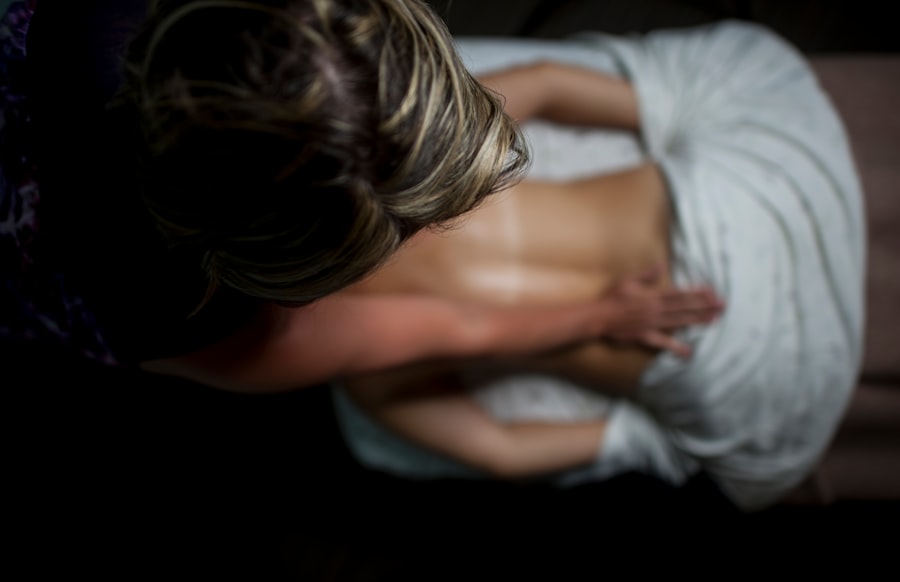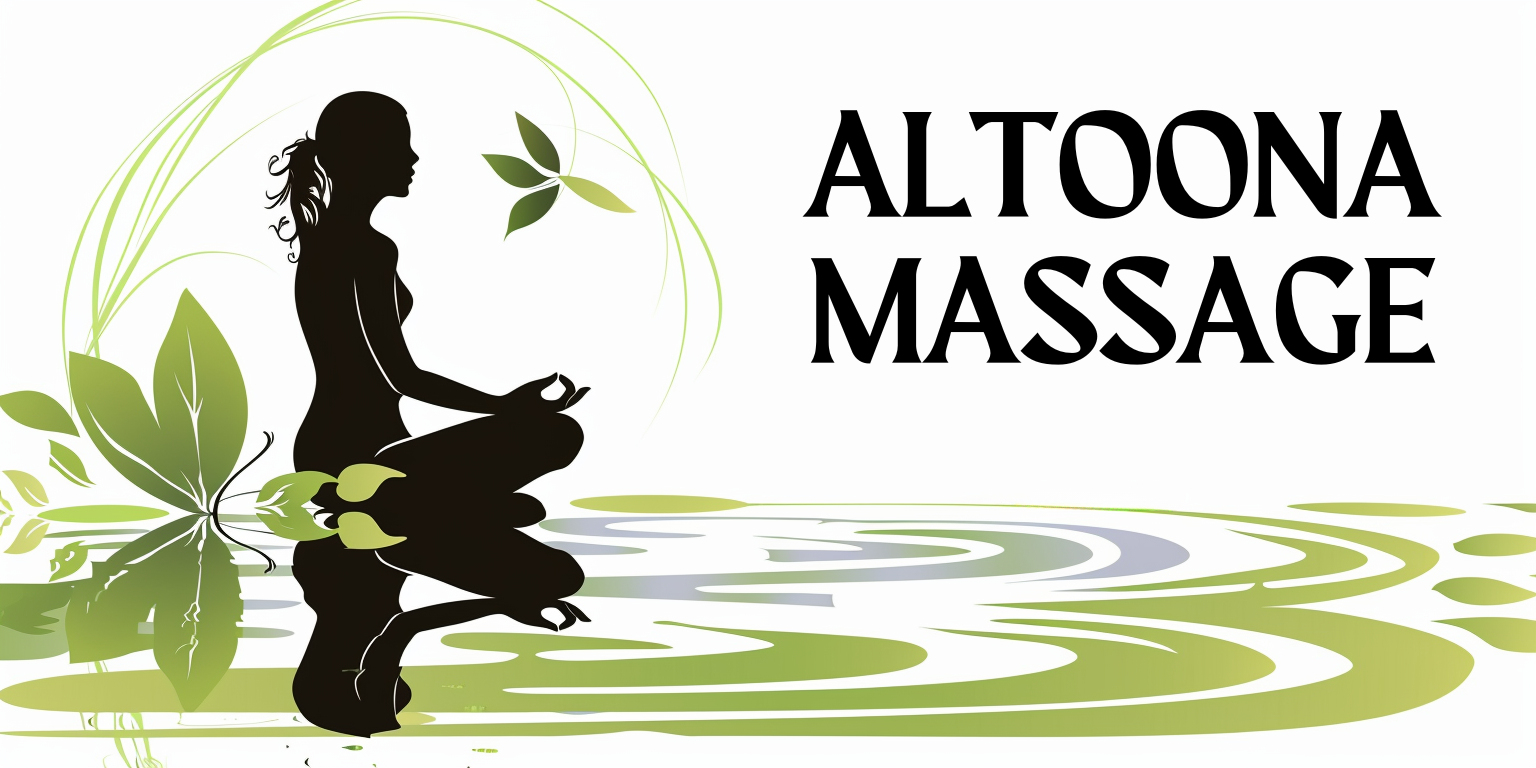Creating the perfect atmosphere is essential for a memorable massage experience. As you prepare the space, consider the lighting; soft, dim lights or candles can create a warm and inviting ambiance. You might want to play gentle music in the background, perhaps something instrumental or nature-inspired, to help both you and your partner relax.
The right environment can significantly enhance the overall experience, making it feel more intimate and special. Aromatherapy can also play a crucial role in setting the mood. You could use essential oils in a diffuser or light scented candles to fill the room with calming fragrances.
Scents like lavender, eucalyptus, or chamomile can evoke feelings of tranquility and relaxation. As you create this serene environment, remember that the goal is to make your partner feel comfortable and cherished. The more effort you put into setting the mood, the more your partner will appreciate the experience.
Key Takeaways
- Setting the mood is essential for creating a relaxing and comfortable environment for a massage
- Choosing the right oils and lotions can enhance the massage experience and provide added benefits for the skin
- Proper body mechanics and techniques are crucial for preventing injury and ensuring an effective massage
- Communicating with your partner is key to understanding their needs and preferences during the massage
- Understanding your partner’s preferences can help tailor the massage to their specific needs and ensure a more enjoyable experience
Choosing the Right Oils and Lotions
Natural Oils for a Smooth Glide
You may want to consider using natural oils such as sweet almond, jojoba, or coconut oil, as they are gentle on the skin and provide excellent glide. These oils not only nourish the skin but also enhance the overall experience by allowing your hands to move effortlessly over your partner’s body.
Considering Sensitive Skin
If your partner has sensitive skin, it’s wise to opt for hypoallergenic options or unscented products to avoid any adverse reactions. In addition to oils, you might also explore lotions that are specifically designed for massage. These products often contain added ingredients like menthol or arnica, which can help soothe sore muscles and provide a cooling sensation.
Choosing the Right Product
When choosing a product, consider your partner’s preferences and any allergies they may have. A little research can go a long way in ensuring that you select the best option for their needs, making the massage not only enjoyable but also beneficial.
Proper Body Mechanics and Techniques

Understanding proper body mechanics is crucial for delivering an effective massage while minimizing strain on your own body. You should focus on using your body weight rather than just your hands to apply pressure. This technique allows you to deliver deeper pressure without exhausting yourself.
Position yourself comfortably, keeping your back straight and using your legs to support your movements. This approach not only protects your own body but also enhances the quality of the massage you provide. In terms of techniques, there are various methods you can employ to cater to different areas of tension in your partner’s body.
Long, sweeping strokes can help warm up the muscles and promote relaxation, while kneading techniques can target specific knots or tight areas. You might also incorporate circular motions with your palms or fingers to stimulate blood flow and relieve tension. Experimenting with different techniques will allow you to find what works best for both you and your partner, creating a personalized experience that they will appreciate.
Communicating with Your Partner
Effective communication is key to ensuring that your partner feels comfortable and relaxed throughout the massage. Before you begin, take a moment to discuss any areas of concern or specific preferences they may have. Encourage them to express their needs openly, whether it’s about pressure levels or areas they would like you to focus on.
This dialogue not only helps you tailor the experience but also fosters trust between you both. During the massage, check in with your partner periodically to ensure they are comfortable. Simple questions like “Is this pressure okay?” or “Would you like me to focus on a different area?” can go a long way in making them feel valued and cared for.
Remember that communication is a two-way street; be open to feedback and adjust your techniques accordingly. This collaborative approach will enhance the overall experience and deepen your connection.
Understanding Your Partner’s Preferences
Every individual has unique preferences when it comes to massage techniques and styles. Taking the time to understand what your partner enjoys can significantly enhance their experience. You might start by asking them about their favorite types of massages or any specific techniques they have enjoyed in the past.
This information will help you tailor your approach to meet their needs effectively. Additionally, pay attention to non-verbal cues during the massage. Your partner’s body language can provide valuable insights into their comfort level and preferences.
If they seem tense or uncomfortable, it may be a sign that you need to adjust your pressure or technique. Conversely, if they appear relaxed and content, you’re likely on the right track. By being attuned to their responses, you can create a more enjoyable and personalized experience that leaves a lasting impression.
Addressing Tension and Stress Points

Identifying and addressing tension points is one of the most rewarding aspects of giving a massage. Many people carry stress in specific areas of their bodies, such as the neck, shoulders, or lower back. As you work through these areas, take note of any knots or tightness that may require extra attention.
Using techniques like deep tissue massage or trigger point therapy can be particularly effective in releasing built-up tension. When you encounter a particularly tight area, consider applying sustained pressure for several seconds before gradually releasing it. This technique can help break up muscle knots and promote relaxation.
Additionally, encourage your partner to breathe deeply during these moments; deep breathing can enhance relaxation and make it easier for them to release tension. By focusing on these stress points, you not only provide relief but also demonstrate your attentiveness and care.
Incorporating Relaxation Techniques
Incorporating relaxation techniques into your massage can elevate the experience from merely enjoyable to truly transformative. You might consider integrating gentle stretches or passive movements into your routine, which can help release tension and improve flexibility. For instance, gently guiding your partner’s arms or legs through slow movements can create a sense of flow and ease within their body.
Another effective technique is incorporating breathing exercises into the session. Encourage your partner to take slow, deep breaths as you work through different areas of tension. This practice not only promotes relaxation but also helps them stay present in the moment.
You could even synchronize your movements with their breath, creating a harmonious rhythm that enhances the overall experience. By blending these relaxation techniques with traditional massage methods, you create a holistic approach that nurtures both body and mind.
Post-Massage Care and Connection
After the massage is complete, taking time for post-massage care is essential for both you and your partner. Encourage them to drink plenty of water to help flush out toxins released during the session. Hydration is key in maintaining muscle health and promoting recovery after a massage.
You might also suggest gentle stretching or light movement to keep the muscles engaged and prevent stiffness. Moreover, this is an excellent opportunity for connection and reflection. Take a moment to discuss how they felt during the massage and any areas that stood out for them.
Sharing this feedback not only reinforces the bond between you but also provides valuable insights for future sessions. A simple conversation about their experience can deepen intimacy and foster a sense of closeness that extends beyond the physical touch of the massage itself. In conclusion, creating a memorable massage experience involves careful consideration of various elements—from setting the mood to understanding preferences and addressing tension points.
By focusing on communication, proper techniques, and post-massage care, you can ensure that both you and your partner enjoy a fulfilling experience that nurtures both body and spirit. The effort you invest in this intimate act will undoubtedly strengthen your connection and leave lasting impressions long after the session has ended.
FAQs
What is a couples massage?
A couples massage is a popular massage treatment where two people receive a massage at the same time, in the same room, by two different therapists.
What are the benefits of a couples massage?
Couples massage can help partners reconnect and bond, reduce stress and anxiety, and provide a relaxing and intimate experience for both individuals.
What are the essential steps to giving an effective couples massage at home?
The essential steps to giving an effective couples massage at home include setting the mood, using the right massage oils, communicating with your partner, and practicing proper massage techniques.
What are some tips for giving a great couples massage at home?
Some tips for giving a great couples massage at home include using long, smooth strokes, applying the right amount of pressure, focusing on areas of tension, and being attentive to your partner’s feedback.
What are some common mistakes to avoid when giving a couples massage at home?
Common mistakes to avoid when giving a couples massage at home include using too much pressure, neglecting communication with your partner, and not being mindful of your partner’s comfort and preferences.
